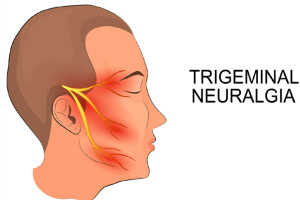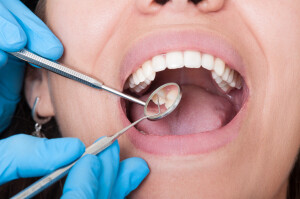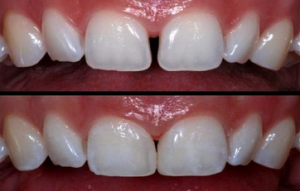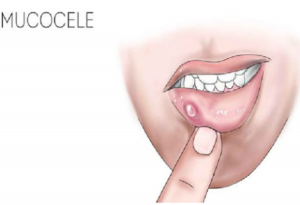Trigeminal neuralgia may be a chronic pain condition that affects the trigeminal , which carries sensation from your face to your brain. Even mild stimulation of your face — like from brushing your teeth or touching the face — may trigger a jolt of excruciating pain.
Because of the variability of treatment options available, having pain doesn’t necessarily mean you’re doomed to a lifetime of pain. Doctors usually can effectively manage with medications, injections or surgery.
Symptoms
Trigeminal neuralgia symptoms may include one or more of those patterns:
1.Episodes of severe, shooting or jabbing pain.
2.Spontaneous attacks of pain or attacks triggered by things like touching the face, chewing, speaking or brushing teeth.
3.Bouts of pain lasting from a couple of seconds to many minutes.
4.Episodes of several attacks lasting days, weeks, months or longer.
5.Constant aching, burning feeling.
6.Pain in areas supplied by the trigeminal , including the cheek, jaw, teeth, gums, lips, or less often the attention and forehead.
7.Pain affecting one side of the face at a time, though may rarely affect each side of the face.
8.Pain focused in one spot or spread during a wider pattern.
9.Attacks that become more frequent and intense over time.
When to ascertain a doctor
If you experience facial pain, particularly prolonged or recurring pain or pain unrelieved by over-the-counter pain relievers, see your doctor.
Diagnosis
Your doctor may conduct many tests to diagnose and determine underlying causes for your condition, including:
A neurological examination.
resonance imaging (MRI).
Your facial pain could also be caused by many various conditions, so an accurate diagnosis is vital . Your doctor may order additional tests to rule out other conditions.
Treatment
Trigeminal neuralgia treatment usually starts with medications, and a few people don’t need any additional treatment. However, over time, some people with the condition may stop responding to medications, or they’ll experience unpleasant side effects. For those people, injections or surgery provide other treatment options.













